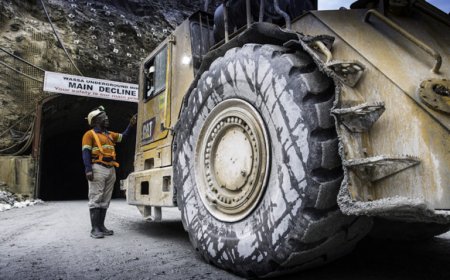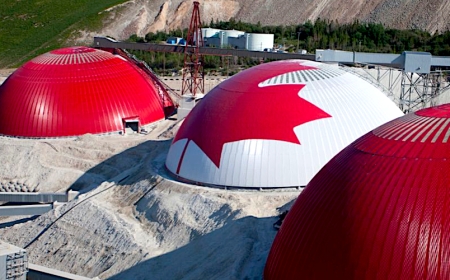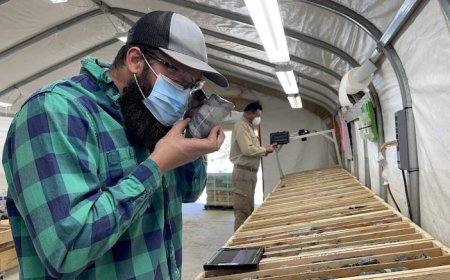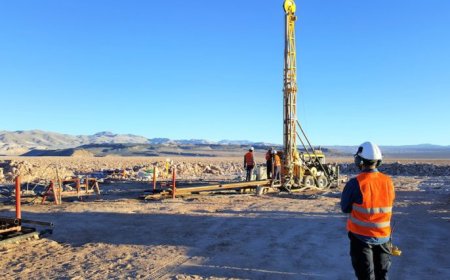Standard Lithium study pegs South West Arkansas project NPV at US$3.1B
Standard Lithium’s (TSXV: SLI) South West Arkansas project in the namesake state could produce 30,000-35,000 tonnes per year of battery-quality lithium hydroxide monohydrate (LHM) over a 20-year operating life, according to a preliminary feasibility study released on Tuesday.
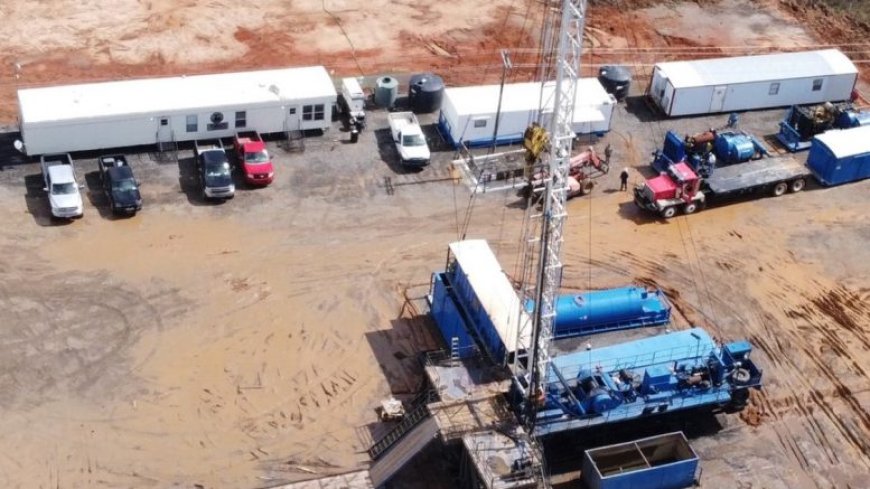

The study, which gives the 30,000-tonne-per-year output as a base case and 35,000 tonnes as the upside, puts capital costs at US$1.3 billion, including a 20% contingency, and all-in operating costs at US$5,229 per tonne of LHM. Most of the operating costs at South West Arkansas (SWA) are associated with reagents required to extract lithium from brine as well as power usage to convert lithium to LHM.

Standard’s flagship projects of SWA and Lanxess sit on the Smackover formation, a petroleum reservoir and brine aquifer that stretches from east Texas to Florida. Bromine has been produced from Smackover for more than 60 years.
The project pegs the base case after-tax net present value (NPV) at US$3.1 billion and the internal rate of return (IRR) at 32.8%, both with a discount rate of 8% and a long-term price of US$30,000 per tonne of battery-quality LHM. In the upside case, the NPV and IRR rise to US$3.7 billion and 35.4%, respectively.
“The robust economics from the South West Arkansas Project PFS showcase its incredible potential,” said Dr. Andy Robinson, President and COO of Standard Lithium.
“Our exploration program in the first half of this year yielded significantly improved lithium concentrations and grew the total resource to 1.8 million tonnes of lithium carbonate equivalent (LCE),” he said, referring to drilling that increased LCE resources to 1.4 million tonnes grading 446 mg per litre in the indicated category and 392,000 tonnes at 405 mg per litre in the inferred category. The updated resource at SWA is 52% larger than the 2021 PEA.
In May, drilling at SWA revealed what Standard called the highest confirmed lithium grade in Arkansas, at 581 mg per litre. That followed drilling at a site in east Texas in March, when the company said a new borehole returned a sample grading 634 mg per litre, what Standard said was the “highest confirmed lithium grade brine” on the continent.
The study envisions a development plan that pumps brine from the Smackover Formation aquifer through production wells, extracts lithium from the brine, converts it to a commercial product, and then reinjects the effluent brine via injection wells to maintain pressure in the reservoir.
It also outlines that a network of 21 brine supply wells will be completed in the Smackover Formation, producing about 28,390 litres per minute, with another 22 injection wells supporting pressure maintenance in the aquifer to maintain long-term production.
Standard expects to complete a feasibility study for SWA in 2024, and targets construction to start in 2025 and production in 2027.
SWA comprises about 110.3 sq. km of lease properties in southwest Arkansas.
Company shares traded at $5.97 apiece on Tuesday afternoon in Toronto, valuing the Vancouver-based company at $1 billion. Standard’s shares traded in a 52-week window of $3.85 and $8.58.


